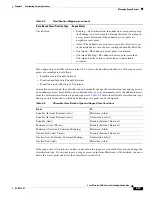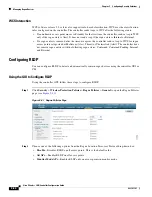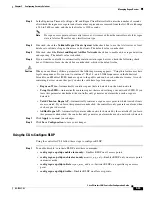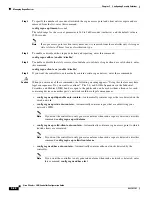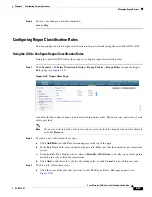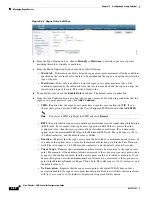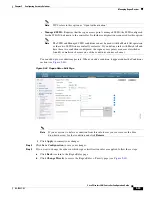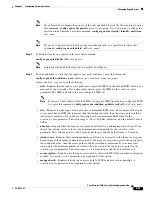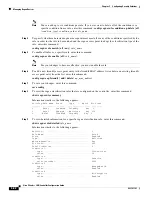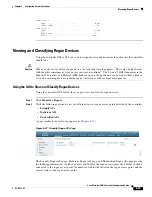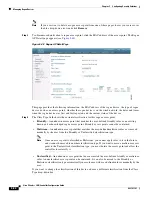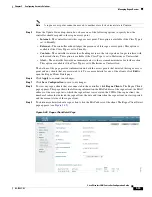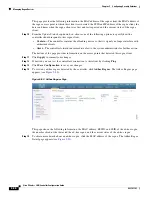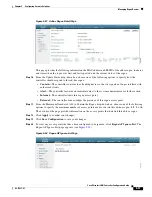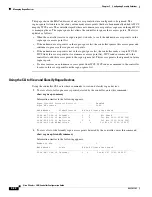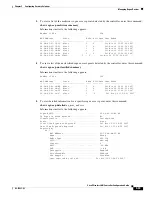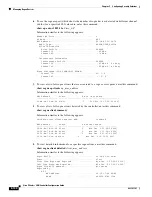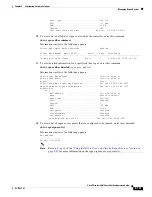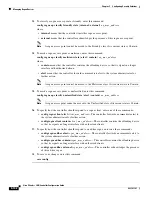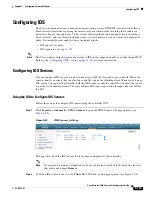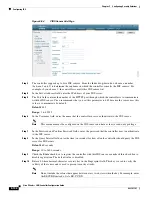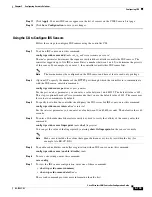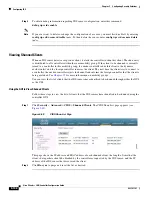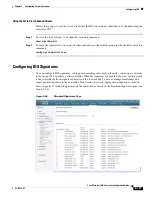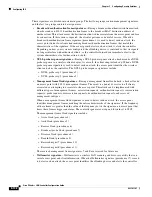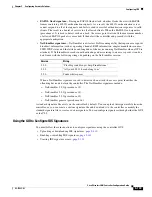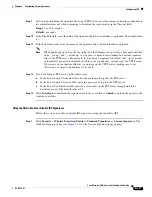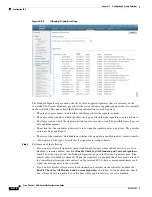
5-97
Cisco Wireless LAN Controller Configuration Guide
OL-17037-01
Chapter 5 Configuring Security Solutions
Managing Rogue Devices
Figure 5-51 Adhoc Rogue Detail Page
This page provides the following information: the MAC address and BSSID of the adhoc rogue, the dates
and times when the rogue was first and last reported, and the current status of the rogue.
Step 16
From the Update Status drop-down box, choose one of the following options to specify how the
controller should respond to this ad-hoc rogue:
•
Contain
—The controller contains the offending device so that its signals no longer interfere with
authorized clients.
•
Alert
—The controller forwards an immediate alert to the system administrator for further action.
•
Internal
—The controller trusts this rogue access point.
•
External
—The controller acknowledges the presence of this rogue access point.
Step 17
From the Maximum Number of APs to Contain the Rogue drop-down box, choose one of the following
options to specify the maximum number of access points used to contain this ad-hoc rogue:
1
,
2
,
3
, or
4.
The bottom of the page provides information on the access points that detected this ad-hoc rogue.
Step 18
Click
Apply
to commit your changes.
Step 19
Click
Save Configuration
to save your changes.
Step 20
To view any access points that have been configured to be ignored, click
Rogue AP Ignore-List
. The
Rogue AP Ignore-List page appears (see
Figure 5-52 Rogue AP Ignore-List Page

